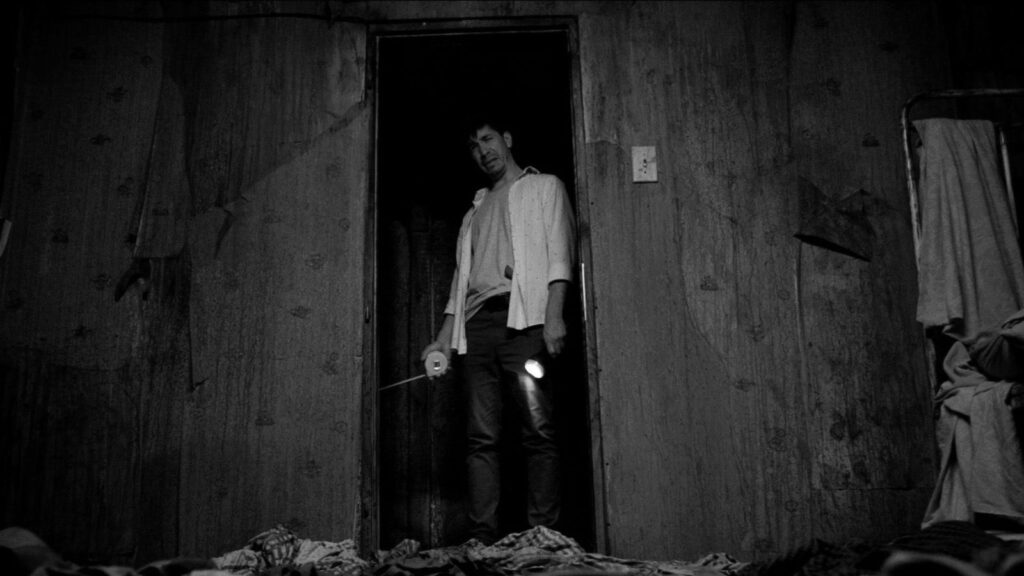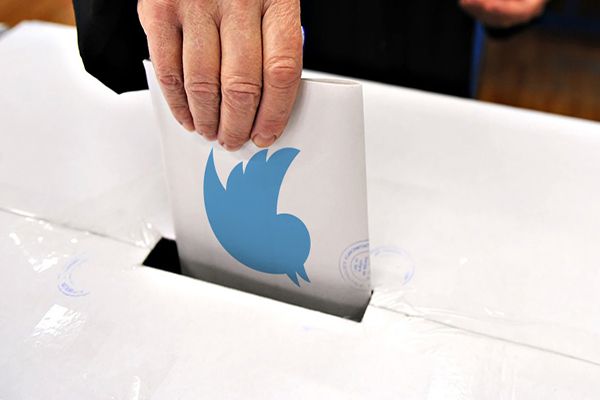
French President Emmanuel Macron just destroyed his legacy, and the French people will seal his fate in the upcoming week.
The decision is shocking in regards to timing, logic and most of all — audacity.
This move could very well be one of the “biggest democratic blunders in recent history,” according to Vince Pedicino, Director of Academic Programs at the Sam Nunn School of International Affairs.
“This election has taken politics to the absurd,” said Pedicino.
Macron made this announcement on June 9, which surprised the French electorate and government alike. Macron’s choice not to alert even top officials of this decision only supports the narrative that under pressure, Macron will not work to unify his government but instead exacerbate existing wounds in an effort to flaunt his power.
It is immature and inconsiderate to a country already under major stress.
Macron’s power only exists through his influence over the parliament and prime minister, and he could very well lose both in these elections. He just opened himself up to the fate of being a lame duck for the last two years of his presidency.
In addition to the secrecy surrounding this sudden dissolution, the timeframe for the re-election of parliament is extremely condensed —now just three weeks.
Macron did not shock the French political establishment to invigorate the people, nor did he throw a lifeline to save his own party, Renaissance (RE), which underperformed in the recent European elections. This sudden dissolution only stirred extremism in an already volatile political environment, which will only serve to hurt Macron’s centrist party.
With the imminent arrival of the Olympics, nearly the entirety of France is under construction, and the French government is no exception. The country is unprepared to handle the attention of the world if it cannot even handle domestic conflict and dissent.
France is at a sociopolitical inflection point. With all eyes on France, Macron must show he has a firm grip on his country. This election only highlights Macron’s insecurity and lack of control.
In the face of major change, maintaining stability wherever possible is in France’s best economic, social, and political interests.
Yet, Macron’s decision has been anything but stabilizing.
The Paris stock exchange and bond markets have taken a downturn. The CAC40 index, a benchmark French stock market index, dropped 6.2% in the week following the dissolution.
With no time to campaign, Macron made it so that every political party, including his own, was equally unprepared for re-election. In the scramble to win votes, the parties on the left side of the aisle formed a united front, agreeing not to fragment the votes between left-leaning parties in parliament.
In an already chaotic moment for France, Macron fomented more chaos and shot himself in the foot in the process. He revealed that his campaign for unity and balance was just a farce. At best, he made an uninformed choice, but at worst, he made a choice just to prove he could make a choice.
With the far-right Rassemblement National (RN) party on a high after taking the majority of the vote in the recent European elections, Macron needed to make them the people’s enemy to revive his party. He needed to take a big swing at changes that the French people could see and feel.
“People in France are angry, and they don’t want to vote for any existing political power since they all function the same,” states Pedicino.
The RN uses France’s many losses in recent years, from Notre Dame to a suffering economy, to fan the flames of an electorate that so desperately wants change. Had Macron picked any one of those issues and made an attempt to solve them, he would be in a better place.
But rather than making sound policy changes, Macron did what he does best: He made a move that backfired on his party and reputation and left it in someone else’s hands to deal with the repercussions. In this case, the French people must clean up this mess during this month’s elections.
As it stands, the left-wing alliance sits narrowly behind the RN in polls.
Amid this disarray, campaigns started armed with lackluster policy proposals to cure the ails of the French economy. This only solidifies the people’s lack of faith in the government, specifically its understanding of what the French want.
As of June 21, the left-wing coalition has announced an economic plan to raise the minimum monthly wage in France by increasing the number of tax brackets from five to fourteen and enforcing a progressive tax system.
However, with the current economic distress, a costly overhaul to the current system is unpopular with voters. French citizens have concerns about inflation and resistance from market participants.
With that said, the Rassemblement National has yet to present a full political plan, offering promises of lowering retirement age and public spending increases with no plan on how to enact them.
Macron declared himself an incapable and feeble leader and left his people to decide between a campaign based on the change the French fear and a party that promises to return France to its former glory. Even if this election was unpredictable, it does not take a political analyst to determine why the RN appeals to the electorate.
Ultimately, as is often true in politics, this story has no heroes. What is rare, however, is the ability to point a finger at the orchestrator of disaster and weakness.
Macron failed France at a moment when it needed strong and decisive leadership. On center stage, Macron crumbled under pressure and destroyed the legacy he so desired — one of unity and strength.
The post Macron’s dissolution of parliament: An agent of chaos and polarization appeared first on Technique.





